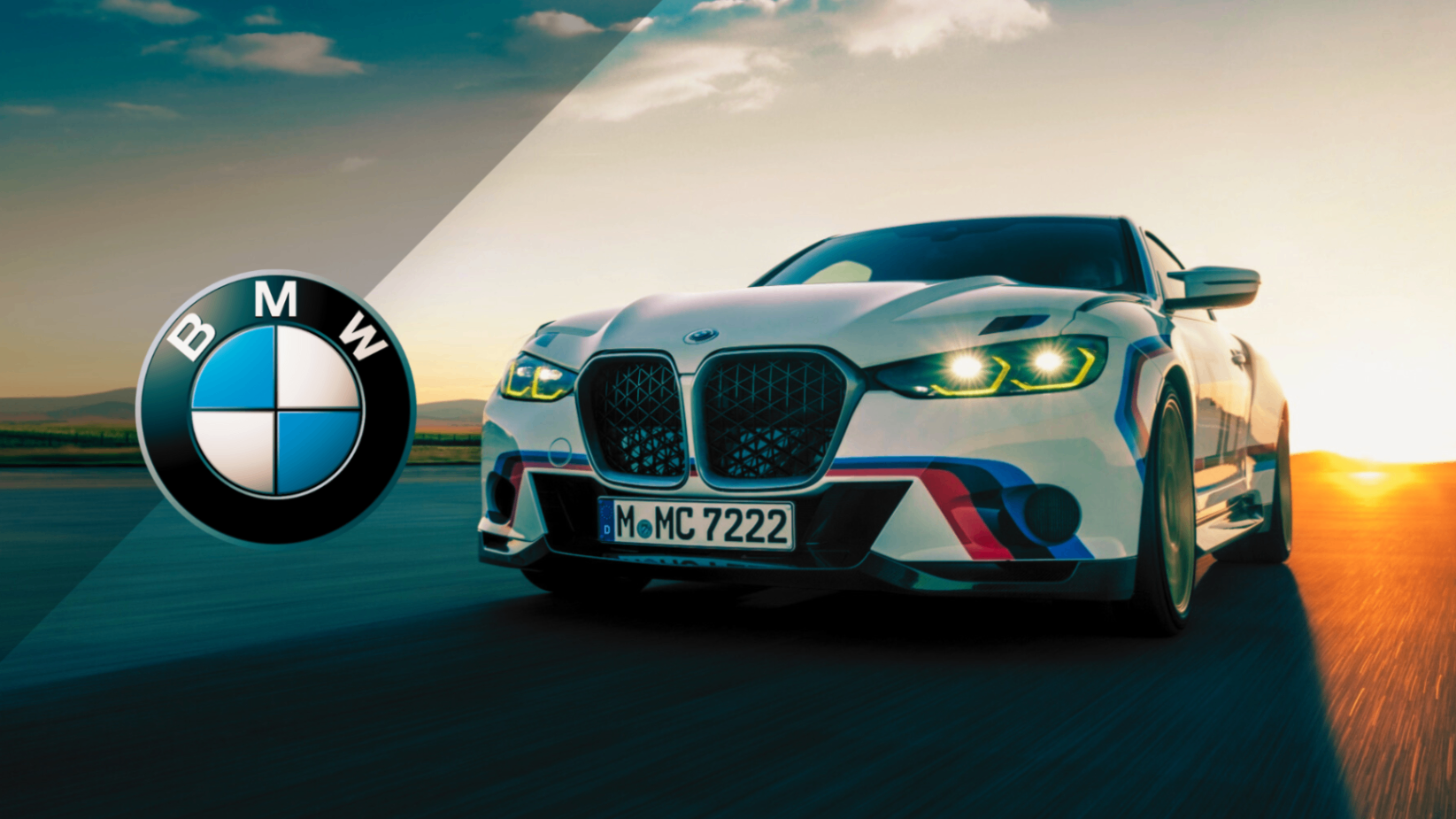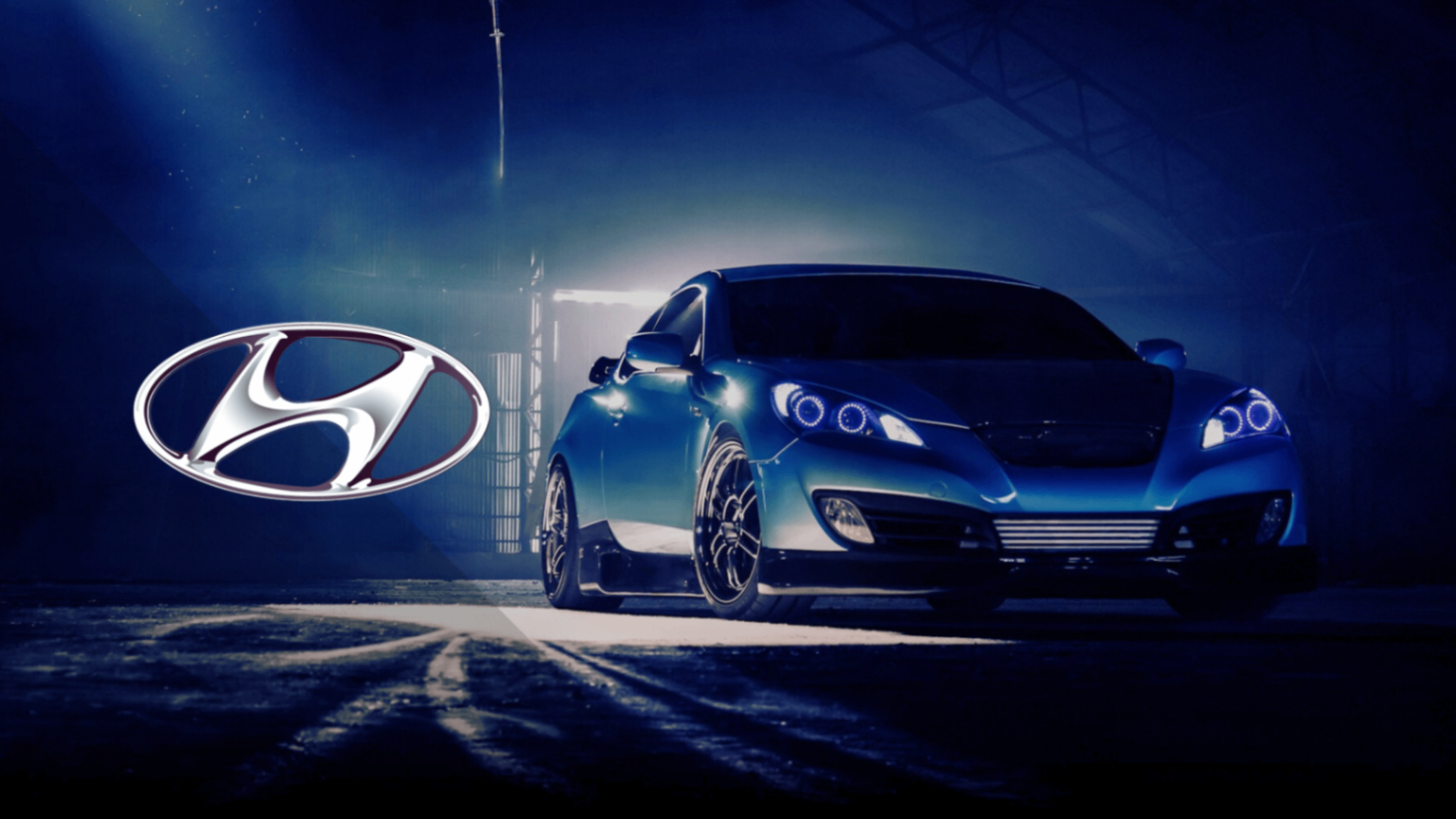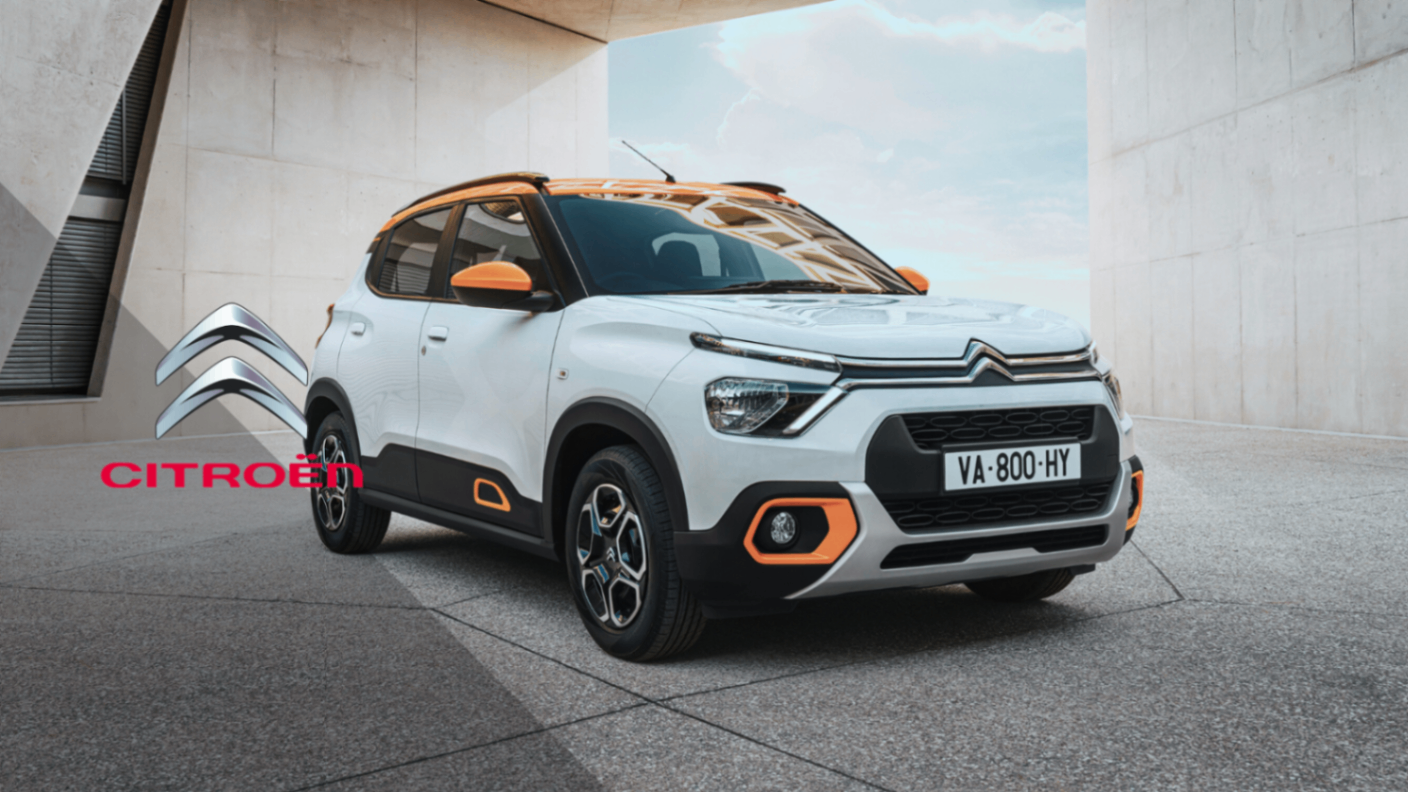
BMW is synonymous with luxury, innovation, and performance in the automotive world, but its roots run much deeper than the roads. This blog will take you on a fascinating journey from BMW's early days of aviation to its evolution into the automotive giant it is today, exploring how its legacy in the skies continues to influence every vehicle it produces.
From Aviation to Automobiles: The Early Days of BMW
BMW, short for Bayerische Motoren Werke, was founded in 1916 as an aircraft engine manufacturer. In its early years, the company was renowned for its focus on technological innovation, developing aircraft engines that offered exceptional performance and reliability. These engines not only propelled aircraft to new heights but also established BMW as a trusted name in the aviation industry.
During World War I, BMW stood out for its high-quality engines that provided superior performance to military aircraft. BMW engines were known for their efficiency and durability, characteristics that were crucial in the demanding environment of military aviation. This reputation for excellence allowed BMW to win significant contracts and play a key role in Germany's war effort.
You might also be interested in: The Dark Side of Porsche: Cars and Armaments in Nazi Germany
However, the impact of the conflict and the restrictions imposed by the Treaty of Versailles forced BMW to reconsider its future direction. This treaty, signed in 1919, imposed strict limitations on military production in Germany, including a ban on manufacturing aircraft engines. This devastating blow forced BMW to seek new opportunities and reinvent itself to survive in a post-war environment.
The ban on aircraft engine production in Germany led the company to explore new areas, laying the foundation for its future diversification and growth in the automotive industry. BMW began developing engines for land and water vehicles, applying its precision engineering expertise to create high-quality products. This transition was not easy, but it demonstrated BMW's adaptability and resilience, values that continue to define the company to this day.
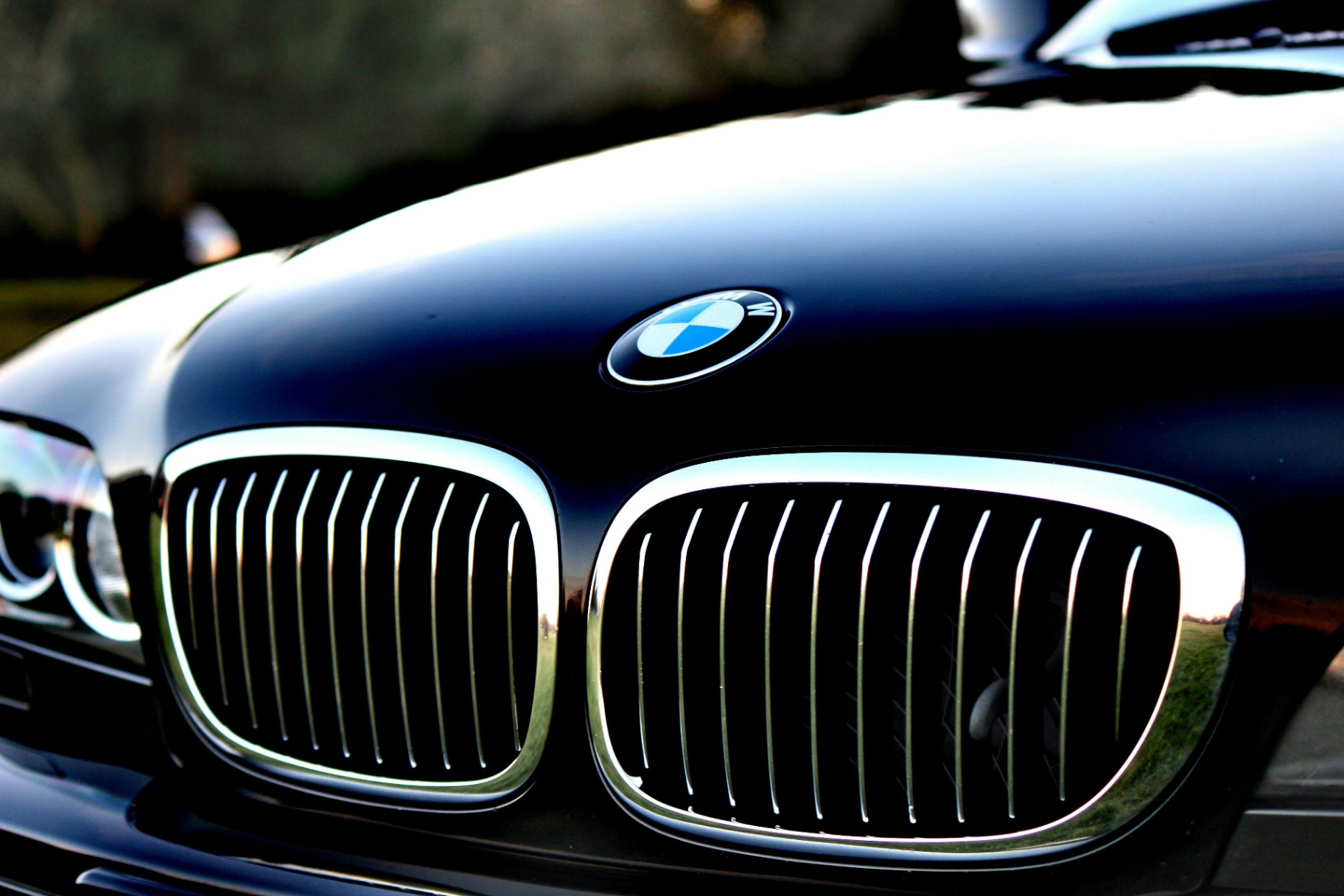
Diversification and First Steps in the Automotive Industry
With the ban on manufacturing aircraft engines, BMW was forced to diversify its production, embarking on a path that would transform its identity and destiny. In 1923, the company launched its first motorcycle, the iconic BMW R32. Designed by engineer Max Friz, the R32 was not only an engineering feat but also set a standard of quality and performance that quickly captured the public's attention. Equipped with a two-cylinder boxer engine and a shaft drive system, this model revolutionized the motorcycle market and became an immediate success, cementing BMW's reputation in the world of two-wheelers.
The real turning point came in 1928 when BMW acquired the Eisenach vehicle factory in Thuringia. This strategic purchase allowed the company to enter the automotive market with the production of the Dixi, its first car. The Dixi, based on the design of the British Austin 7, was a compact and affordable model that democratized access to automobiles in Germany. With its launch, BMW not only diversified its product portfolio but also demonstrated its ability to adapt and thrive in a new and competitive market.
The Dixi not only marked the beginning of a new era for BMW but also laid the foundation for its evolution as a renowned car manufacturer. Over time, BMW continued to refine its designs and expand its product line, positioning itself as a serious and respected competitor in the global automotive industry. The transition from aircraft engine production to the manufacturing of motorcycles and automobiles was not a simple change of direction but a complete reinvention that underlined the company's resilience and long-term vision.
Reinvention and Resurgence: The Post-War Era
The Second World War brought enormous challenges to BMW, including the destruction of its factories. However, the brand's resilience became evident in the postwar period, when BMW reinvented itself and began to rebuild its business from the ground up.
Discover the Honda Story: Bombs Couldn't Stop It | The Incredible Story of Honda
The immediate post-war period was one of the most challenging in BMW's history. The devastation caused by the bombings had left its facilities in ruins, and the company faced unprecedented economic and social uncertainty. Despite these adversities, BMW demonstrated an unparalleled capacity for adaptation and innovation.
In the early post-war years, BMW focused on producing motorcycles and small appliances, products that were essential in a recovering market. These initial efforts not only helped the company stay afloat but also laid the foundation for its eventual resurgence in the automotive industry.
The 1950s and 1960s were crucial for BMW's resurgence. The company introduced key innovations, such as the BMW 501 and 502 series, which cemented its reputation as a manufacturer of luxury and high-performance automobiles. These models, colloquially known as "Baroque Angels" due to their elegant and curvaceous lines, stood out for their advanced engineering and stylish design, features that would become synonymous with BMW. Equipped with V8 engines, the BMW 501 and 502 offered exceptional performance and a level of comfort that placed them at the top of the luxury car market at the time.
In addition to its advancements in design and technology, BMW also began to establish a distribution and after-sales service network that ensured customer satisfaction and brand loyalty. This strategy not only fostered confidence in BMW products but also solidified its position in an increasingly competitive market.
These decades also saw the introduction of models that would become brand icons, such as the BMW 507, a sports roadster that combined elegance and performance in an irresistible package. This vehicle, although produced in limited numbers, left an indelible mark on BMW's history and remains a symbol of the company's ability to produce cars that capture the imagination and desire of motoring enthusiasts.
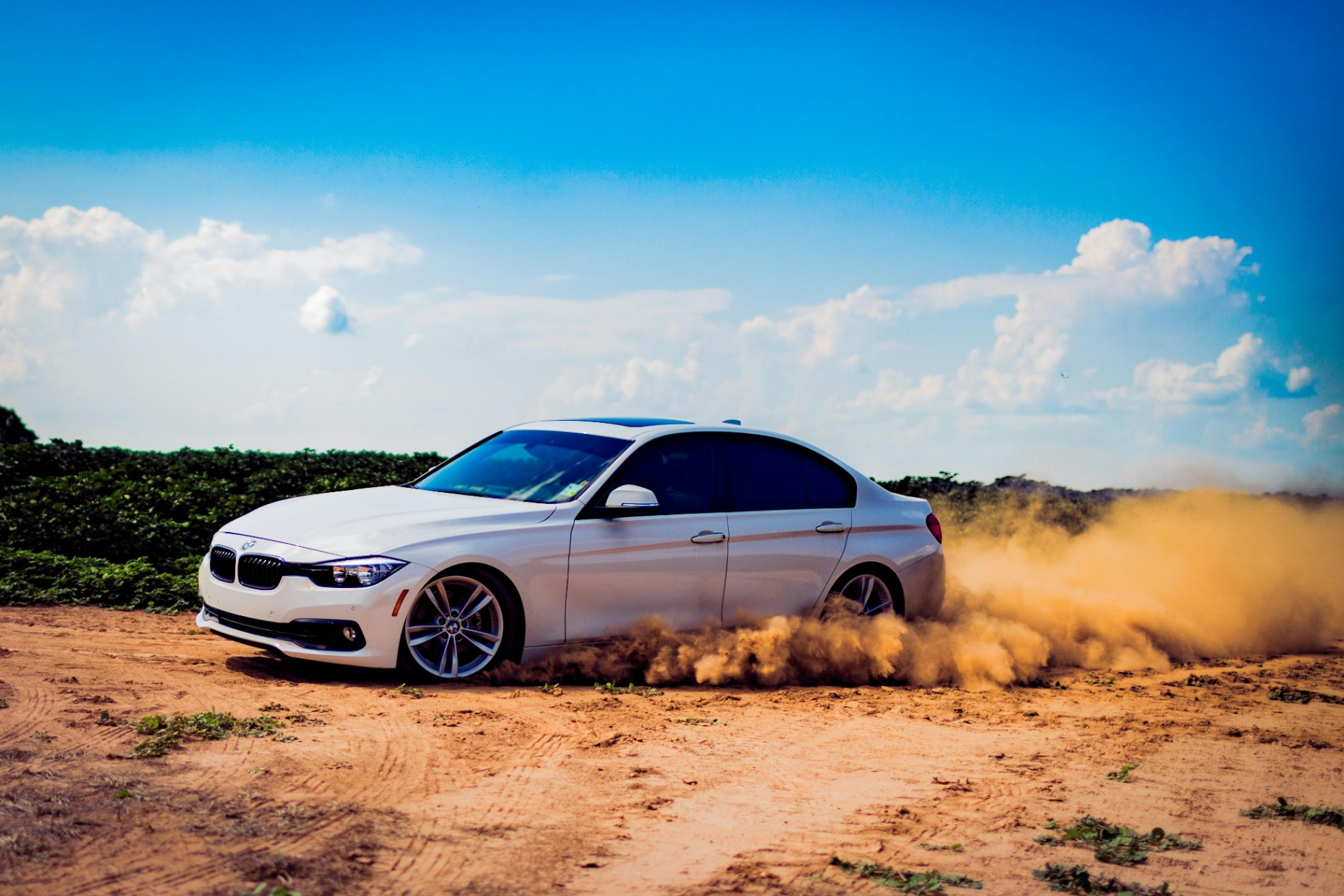
Innovation and Prestige in the Modern Era
In the 1970s and 1980s, BMW experienced significant global expansion, solidifying its position as a leader in the luxury automotive market. The introduction of the 3, 5, and 7 series during this period reflected BMW's commitment to quality, performance, and innovative design. The 3 Series, launched in 1975, quickly became a benchmark in the compact luxury sedan segment, offering an unparalleled combination of dynamism and sophistication. This model, with its focus on driving pleasure, cultivated a loyal following and established BMW as the preferred choice for those seeking a superior driving experience.
The 5 Series, introduced in 1972, marked a milestone by merging the comfort of an executive sedan with the performance of a sports car. This perfect balance of elegance and power transformed the perception of the luxury sedan, becoming a benchmark in its category. On the other hand, the 7 Series, launched in 1977, represented the pinnacle of automotive luxury and technology. This flagship model, with its innovations in safety, comfort, and technology, reaffirmed BMW's position in the high-end segment, attracting customers who value both opulence and advanced engineering.
In the modern era, BMW has continued to lead with technological innovations, such as the introduction of electric and hybrid vehicles. At the beginning of the 21st century, the company recognized the need to address environmental challenges and began to invest heavily in sustainable technologies. Its commitment to sustainability is evident in models like the BMW i3 and i8, which combine performance with environmental responsibility. The BMW i3, launched in 2013, is a fully electric urban vehicle that offers sustainable mobility without compromising the brand's characteristic driving pleasure. With its futuristic design and recyclable materials, the i3 has been a pioneer in the electric vehicle segment.
The BMW i8, meanwhile, represents an impressive fusion of sports performance and ecological efficiency. This plug-in hybrid, with its aerodynamic design and advanced technology, offers an exciting driving experience while minimizing its environmental impact. These advancements ensure that BMW remains a symbol of engineering and prestige in the automotive world, demonstrating that innovation and sustainability can coexist harmoniously.
Furthermore, BMW has ventured into autonomous driving and connectivity, developing technologies that anticipate the future of mobility. With initiatives like BMW ConnectedDrive and the development of autonomous vehicles, the company continues at the forefront of the technological revolution in the automotive industry. This focus on integrating advanced technology underscores BMW's commitment to creating driving experiences that are both safe and exciting, staying true to its roots of precision and innovation.
A Legacy of Precision and Innovation: The Influence of Origins
BMW’s aviation origins have left an indelible mark on its corporate philosophy. The precision, innovation, and performance essential to aircraft engine manufacturing remain fundamental values in the production of its modern vehicles.
The influence of these principles is evident at every stage of the BMW vehicle design and manufacturing process. From the early conceptualization phases to the final assembly details, there is a rigorous emphasis on precision. This obsession with accuracy not only ensures that each component functions optimally but also delivers a driving experience that is unmatched in terms of smoothness and responsiveness.
Innovation, another pillar inherited from aviation, is reflected in the constant pursuit of cutting-edge technologies and creative solutions. BMW has been a pioneer in integrating advanced driver-assistance systems, as well as in developing lightweight, durable materials that enhance both safety and fuel efficiency. Innovation is not an end in itself but a tool for achieving superior performance and an exceptional user experience.
From aerodynamics to engine efficiency, every aspect of its vehicles reflects a commitment to excellence that traces back to its aviation roots. BMW designers employ advanced simulation techniques and wind tunnel testing to optimize the aerodynamics of each model, reducing air resistance and improving stability at high speeds. This meticulous attention to aerodynamics not only enhances performance but also contributes to energy efficiency, reducing fuel consumption and CO2 emissions.
Moreover, engine efficiency is a testament to BMW’s technical mastery. The brand’s engineers apply advanced knowledge of thermodynamics and fluid mechanics to develop engines that deliver impressive power without sacrificing fuel economy. The use of technologies such as direct injection, turbocharging, and variable valve control systems allows BMW to maximize the performance of its engines while minimizing environmental impact.
BMW has traveled an extraordinary journey from its aviation origins to becoming an emblem of innovation and excellence in the automotive industry. What began in the skies continues to resonate in every engine, in every design, and in every technological advancement the brand introduces.

